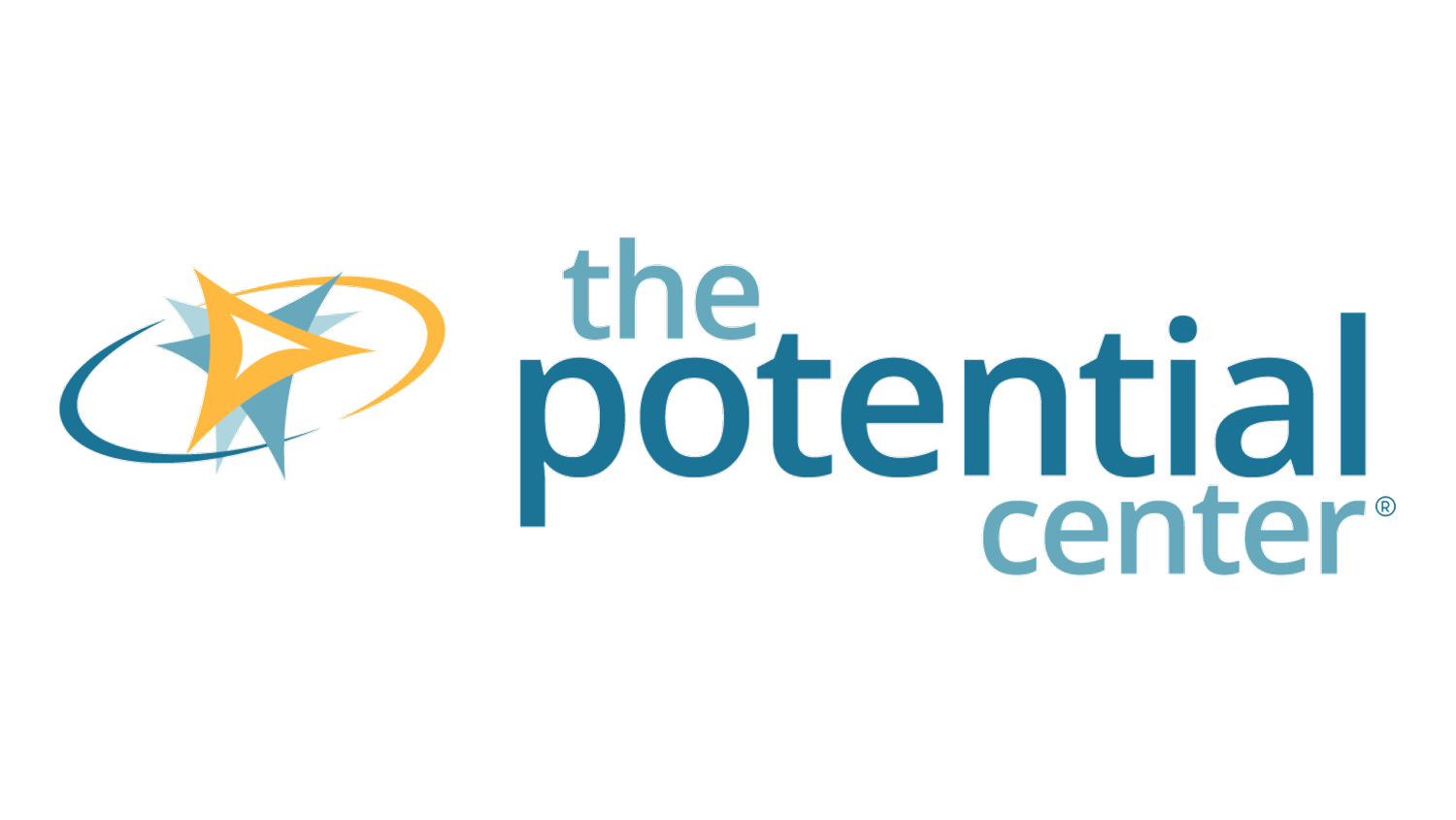Why Routines Are Bad For Business
Photo by Caroline Minor Christensen on Unsplash
What’s keeping you up at night?
I’ve been having conversations with leaders about what’s keeping them up at night. Top of the list is how to improve their Returns on Investment – financial, time, and effort.
Here’s the full list of what I’ve been hearing. Have you noticed any of these?
· Static or falling revenue and ROIs
· Staff not fully engaged in their work
· Higher than normal staff turnover
· Team disagreements
· Leaders making most of the decisions
· Lack of good ideas
· Stress affecting sleep and quality of life
Why routines are bad for business
Many of the above outcomes are symptoms of old routines and same old, same old thinking – the same procedures and strategies as in previous years. This is understandable – the brain likes what it knows and dislikes change. Don’t get me wrong. By saying that routine is bad for business, I’m not advocating throwing out the baby with the bath water – of course there are advantages to having systems in place. But even successful routines and strategies can lose their potency over time. If you’re looking to increase revenue, keep talented staff and wow your customers even more, then it’s probably time to see whether current routines and strategies are holding you back. The effectiveness of a strategy is in how well it can be applied now and in the future…not how successful it was in the past.
When was the last time you really reviewed your key strategies? With the chips still falling where they may from the pandemic, this is a good time to review strategies. Assessing with your team whether a routine is in the “if it ain’t broke, don’t fix it” bucket, or in the “this is still a valid process” container will be a worthwhile exercise.
How to assess routines
There are different ways to carry out such an assessment. I caution against using the same routines you’ve always used for assessing your routines otherwise you’ll end up in the same routine cycle.
Instead, I encourage a creative approach to this assessment. Being willing to entertain different ways of solving problems not only brings in a breath of fresh air, you could also be opening the door to an amazing product, service, internal procedure, or marketing campaign.
Why I talk about this
My mission is to guide and inspire leaders, unleash teams, and empower organizations to get to their desired future through creative problem-solving; to support leaders and teams in their quest for creative responses to changing norms.
Where to begin
An efficient way to start down this path is through The Leadership Lab: Creative Problem-Solving at Work. The Lab, a weekly office-hours style video coaching forum, uses the Light Bulb Thinking™ framework and is designed for leaders at all levels to learn techniques for creatively addressing a range of workplace and business challenges. Through issues that members bring to the table, participants learn specific creative problem-solving techniques and how they can be applied to their situation. If you’d like to know whether this would be a good resource for you, reach out to me at Ellia@ThePotentialCenter.com and we’ll schedule a time to talk.
I believe that, with the right support anyone can learn creative ways to solve problems. If you’re not sure what tapping into creative potential could look like at your place of work, contact me at Ellia@ThePotentialCenter.com to arrange a call.

